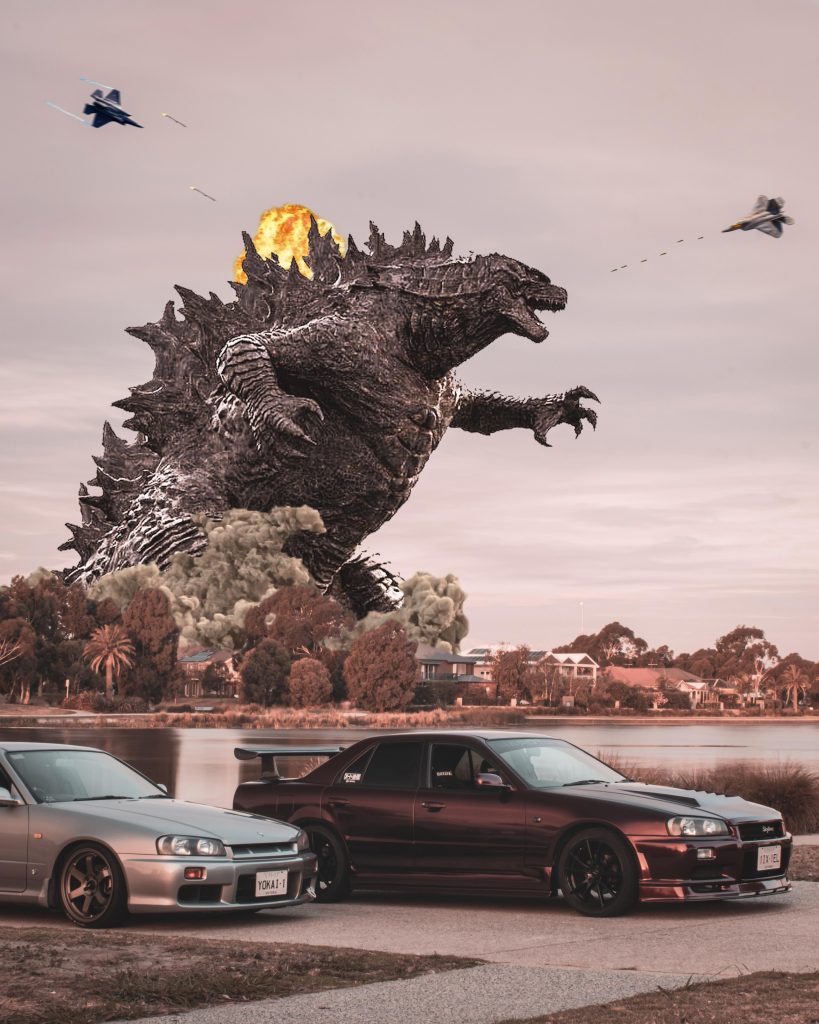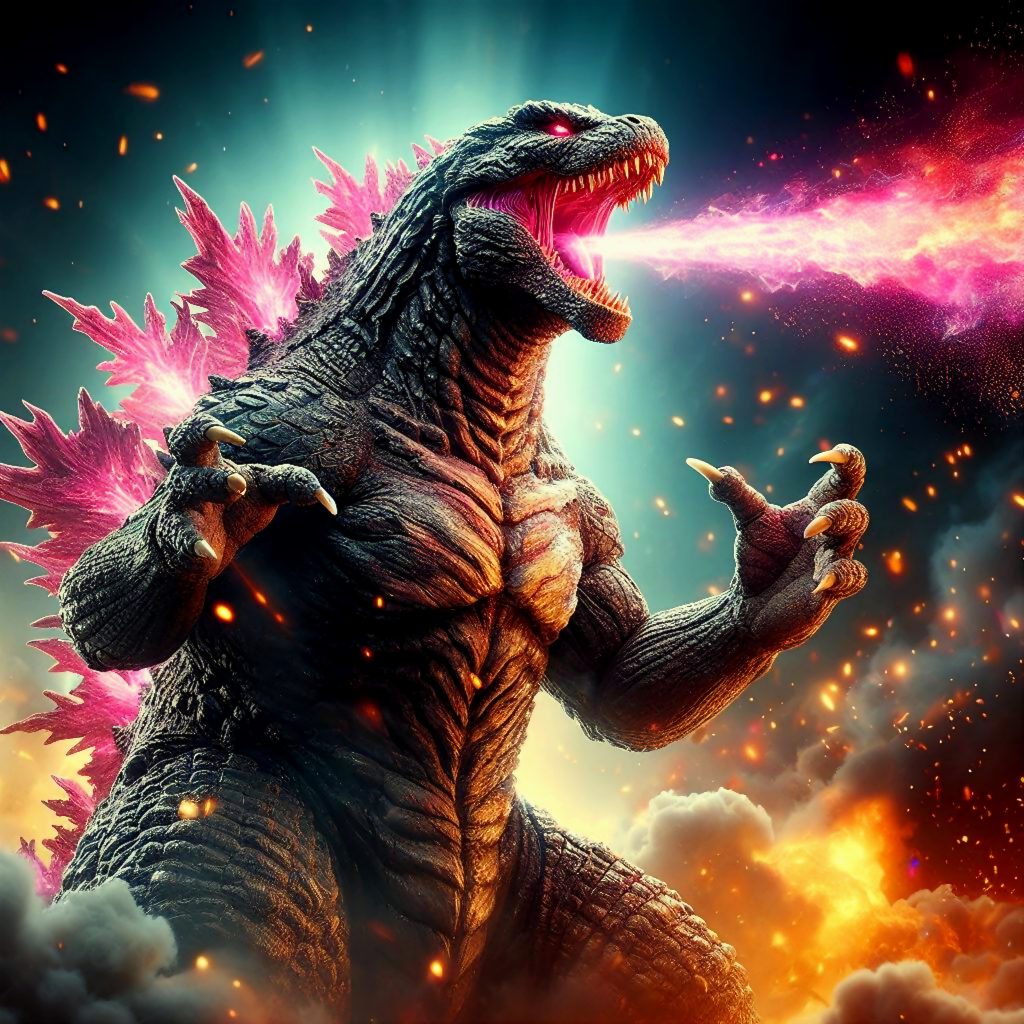Have you watched the movie Godzilla?
No? Well. I strongly suggest that you do.
For some, Godzilla is the pink-finned powerhouse teaming up with an axe-swinging King Kong in Godzilla x Kong: The New Empire. Others remember it as a cuddly giant with laser eyes and a cute little sidekick named Godzooky in the 1970s Hanna-Barbera cartoon. However, this iconic beast didn’t start off as a hero—or even a friendly neighborhood monster.
When Godzilla first stomped onto the big screen in 1954, it was not a friend to humanity but rather a terrifying embodiment of nuclear destruction—a shadow cast over post-WWII Japan. To mark Godzilla’s 70th birthday, Alex Davidson, a kaiju (giant monster) aficionado, hosted a film series at London’s Barbican Centre, diving into everything from Godzilla’s face-off with a giant shrimp to its darker, original roots. Davidson recalls his first encounter with Ebirah, Horror of the Deep—a less-than-serious film that had Godzilla battling seafood. However, when he later saw the original film in Japanese, he was shocked by how haunting and tragic it was.

Godzilla might be prehistoric, but it became a cultural symbol in August 1945, when Japan felt the devastating impact of atomic bombs on Hiroshima and Nagasaki. The creature was born from those shadows, reflecting Japan’s post-war psyche and the fear that radiation would follow them, no matter where they turned. Tomoyuki Tanaka, a producer at Toho Studios, thought, “Why not capture this fear in a monster movie?” So, he brought together Godzilla—a T. rex-type beast from the depths of the ocean, mutated by nuclear tests. Cue destruction, massive tail swishes, and the unforgettable radioactive breath.
However, Godzilla wasn’t just another monster flick; it was a warning about the perils of the arms race (and neve- ending wars) and humanity’s knack for creating world-ending threats. Dr. Serizawa, a character from the film, develops a weapon capable of defeating Godzilla, but he knows it could bring more harm than good. So, in classic tragic-hero style, he sacrifices himself to keep his invention out of human hands, leaving audiences pondering a grim truth: humans might be the real monsters.

Seventy years later, Godzilla’s still going strong, with 33 Japanese films under its belt and a few Hollywood reboots. And while some are playful and others are grim, one message lingers: whether it’s pollution, climate change, or nuclear threats, Godzilla keeps showing up to remind us of the dangers we can’t seem to shake.
So the next time Godzilla’s tail flicks across the screen, remember—it’s more than a monster. It’s a symbol of our world’s deepest fears and our endless battle with power- what it can birth.


















+ There are no comments
Add yours